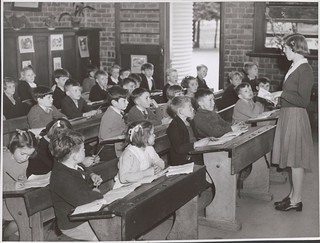It is phenomenal to think just how big the universe out with us actually is. I didn’t even realise this until it was explained to me in a mathematics workshop I was participating in. I also in the beginning, never thought about how I would explain this subject to children. I had just assumed it would work out.
The guest speaker that we had from Dundee science centre explained scaling the different areas in space to us in order to understand just how far apart the different planets are away from each other while making it an understandable concept. Scaling the different planets out using the Tay Bridge was a fantastic idea. This is something perhaps school children can relate to that live in Dundee. Round Scotland this could be used with landmarks nearer each school. This is in order to make the fundamental mathematics understandable for not only children, but others who do not understand a lot about space.
Different sized balls were used such as huge exercise balls to very small ping pong balls in order to see just how big some planets were in comparison to others. By getting the class to guess at the beginning how small we believe some planets are using our hands, made me think how good this would be to first get the children to guess what size they believe the planets are first.
I believe if I had undertaken this topic in primary school myself. I would have understood a lot more about it and very much enjoyed myself.
Between the galaxies, planets, and scaling. I never thought I would find it as interesting as I did. I am now very keen to learn more on this in order to be capable of teaching this topic to a primary school class.

